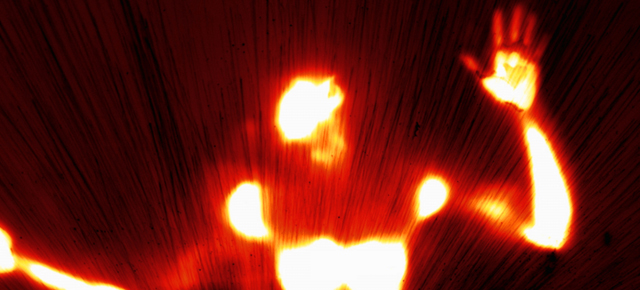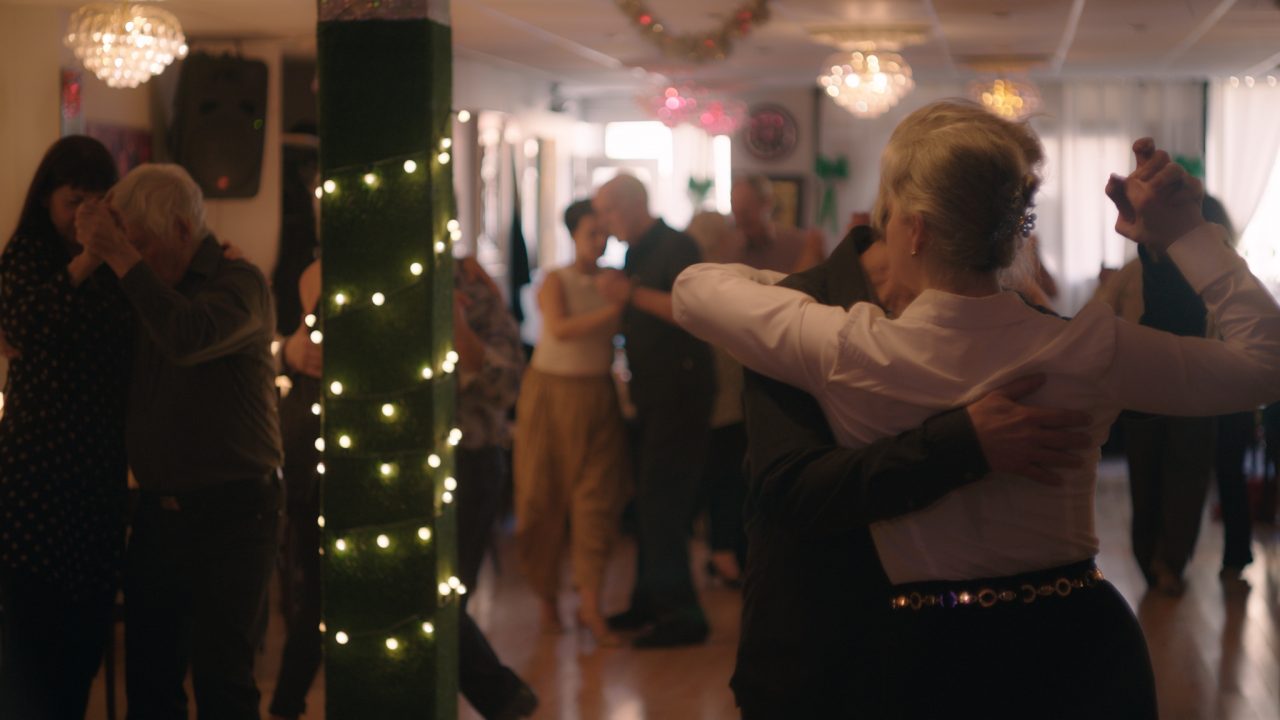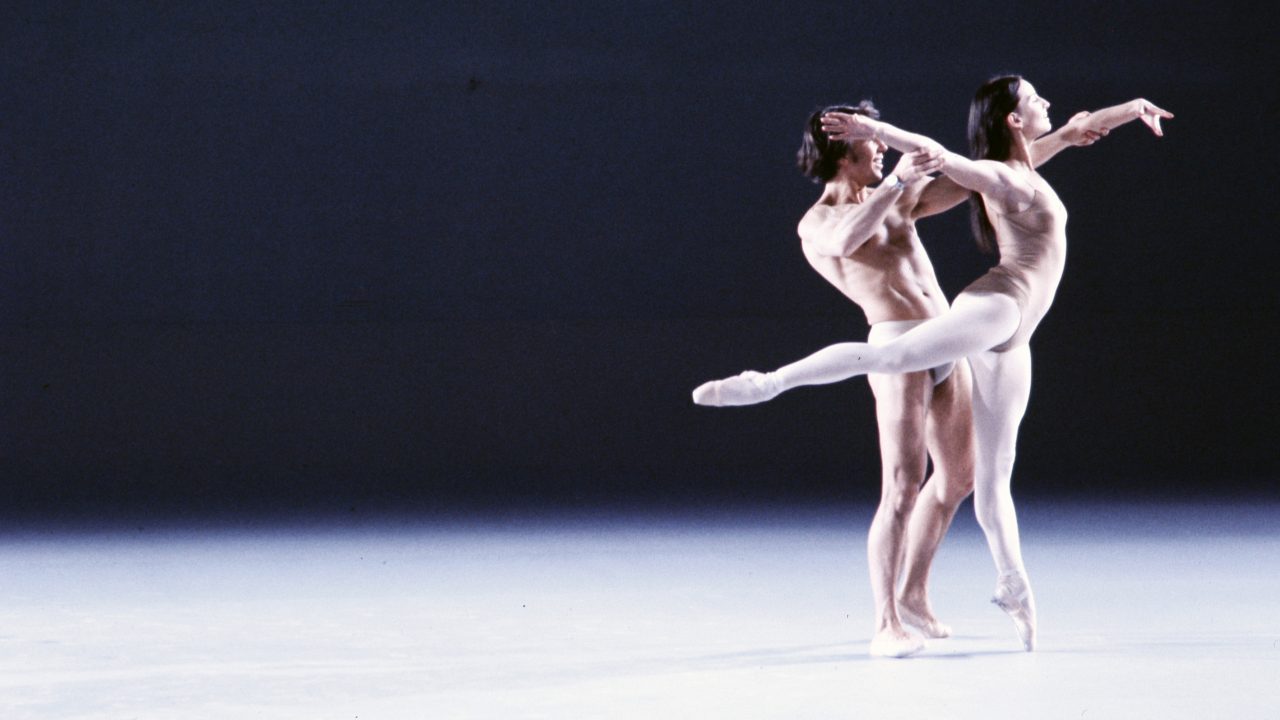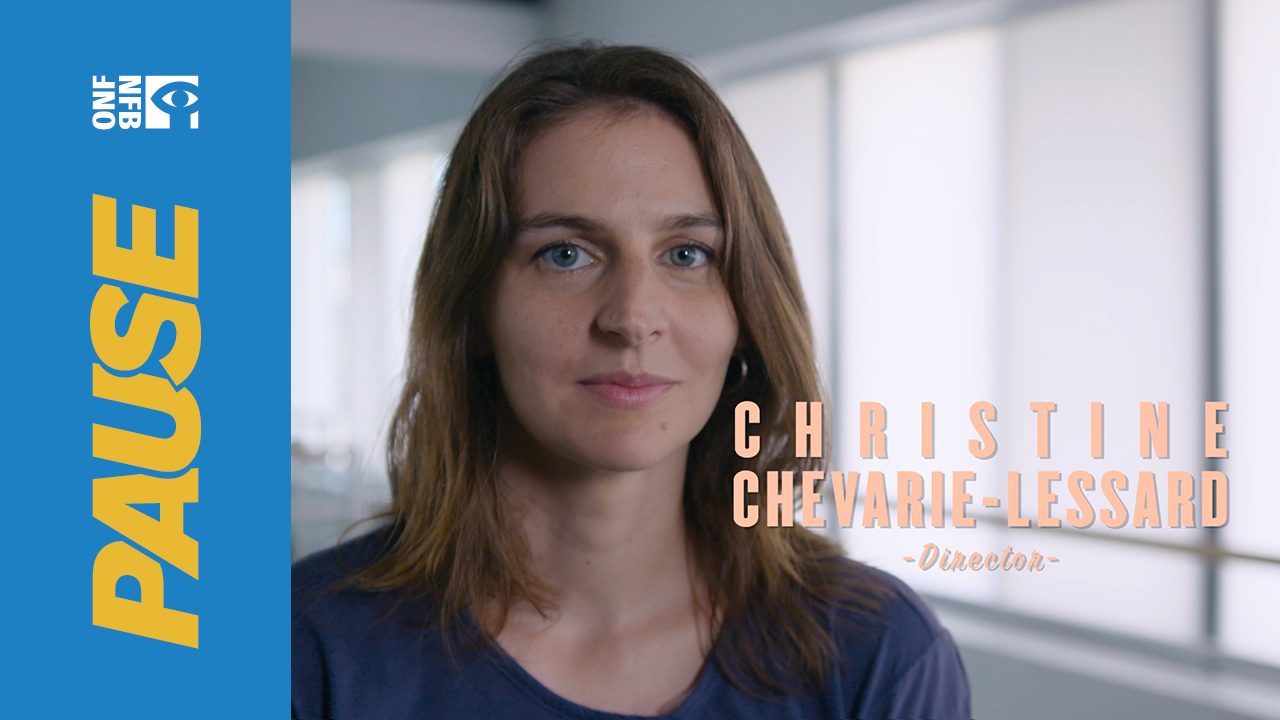
Heat-sensitive: a behind-the-scenes look at our thermal 3D film ORA
Heat-sensitive: a behind-the-scenes look at our thermal 3D film ORA
This morning on the bus I found myself reading an argument by a Hindu scholar, somewhere online, about how some people are poets and others scientists. According to this man, it is strictly impossible for one person to be both. He argued that even those who appear to be both (poetic scientists or scientific poets) are never both at once. Sometimes they are poets; other times they are scientists. Humans just can’t do both.
What I thought in my head at that time was that this Hindu scholar clearly hadn’t met NFB Filmmaker-in-Residence Philippe Baylaucq, nor seen his latest dance film, ORA. Because that man – and that film – are the epitome of science and poetry all wrapped-up into one into one great ball of amazing.
Some of you might remember reading about ORA, a dance allegory entirely shot in thermal 3D I told you about a while back. Many things are remarkable about this film but let us just reiterate a few:
– The entire film was shot without any light source, natural or artificial. All the things you see on the screen are “lit up” by their own internal heat, which is captured and rendered by these extremely rare heat-sensitive cameras usually reserved for military use. (About that, see this excellent Globe and Mail article, “The NFB Film ORA, brought to you by the U.S. military“.) ORA marks the first time these cameras were used to shoot a full film.
– The film is in stereoscopic 3D, which means 2 of these extra fancy cameras had to be used, side by side.
– On top of all that tech stuff, the film is a stunning exploration of the beauty and expressive potential of the human body in motion. Structured as a dance allegory, the film was made in close collaboration with José Navas, a well-respected Montreal-based dancer and choreographer, with whom Baylaucq had already partnered on Lodela.
For those of you curious about this sort of stuff, here are (below) 2 behind-the-scenes clips delving a bit deeper into the technical side of things. The first focuses on digital imaging, the second on thermographic filmmaking.
Here’s to the fusion of science and poetry, folks. Enjoy.




In my experience, any one person is either interested in both art and science or they’re interested in neither. It’s hard to find people who aren’t being both, or being neither. So I’d erase the nonsense first paragrah of this blog entry.
That done, wow! Neat – o. Cool! and Hot! I’ve always loved IR images but prefer them in negative… or is it negative I mean, who is to say that lighter is hotter instead of darker is hotter. I prefer darker is hotter – it reads better especially with human subjects so that’s what I would use. The background is also boring – tin foil rooms were done to death by Warhol in the 60s and cheap porn and student room redecorations in the 90s. I think a wintry Canadian landscape, a forest perhaps, maybe cold water too, would be vastly more interesting. I have plans to do a very arty movie about sex in public parks which involves original correography and music – I was going to shoot “day for night” and probably still will, but cut-aways or perhaps even entire sequences in IR would be so wonderful. I’d do xrays if I could but having dancers perform out in the freezing cold I think is enough of an imposition on them! I’d love to see their breath in the cold in IR! Lumberjacks using chainsaws in an IR performance would be amazing. Gosh. Sign me up – I’d like to put this tech to some good use. How do I get hold of one of these cameras… and liquid nitrogen?! What do I write in my budget for these things?